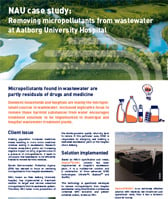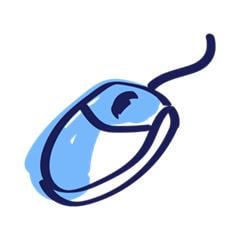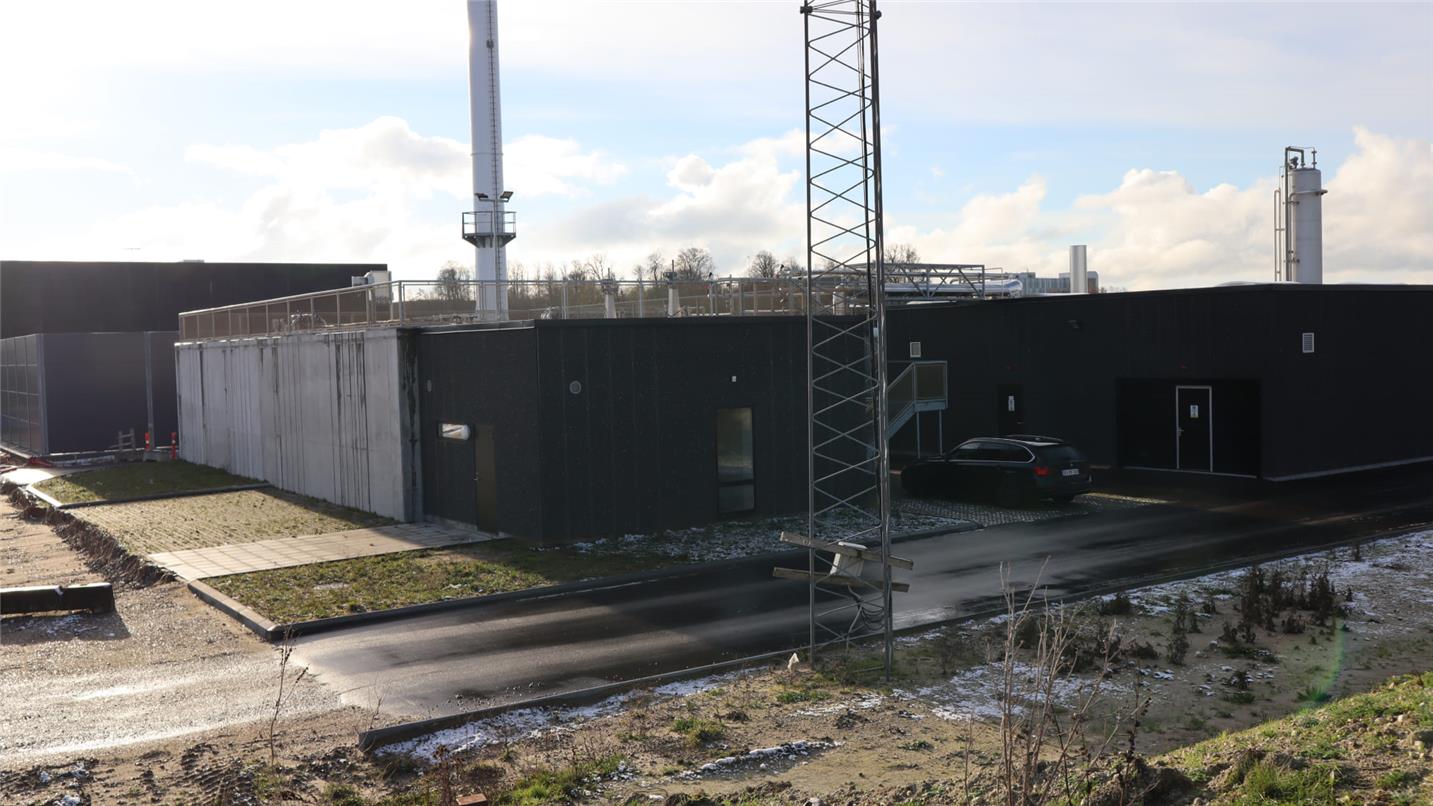Removing micropollutants that are harming aquatic environment
Micropollutants found in the water are mostly remains of drugs and medicine used by all of us. They harm aquatic ecosystem and negatively influence behavior and hormonal system of living organisms.
Growing population increases medicine usage and affects micropollutants ending in the water. This led to increased concern of European Union and developing framework of micropollutants removal.
Danish Environmental Protection Agency requirement of removing pharmaceuticals is currently covering hospitals and it is their responsibility to remove micropollutants from “Danish 33+3 list” (in total of 66 specified substances).
Growing population increases medicine usage and affects micropollutants ending in the water. This led to increased concern of European Union and developing framework of micropollutants removal.
Danish Environmental Protection Agency requirement of removing pharmaceuticals is currently covering hospitals and it is their responsibility to remove micropollutants from “Danish 33+3 list” (in total of 66 specified substances).

New Aalborg University hospital case study
2MB
PDF
Micropollutants removal from wastewater using ozonation and powder activated carbon
The plant is designed over a flowrate of 400 m3/d (approx. 4000 PE). Hospital wastewater is screened to remove coarse material and pumped into the biological unit where pollutants are degraded by bacteria.
Powder activated carbon is dosed directly into the biological tanks to remove micropollutants by adsorption – in other words: small micropollutants particles get trapped onto the porous particle of powder carbon.
Solids are then separated from clean water by Ultrafor™– membrane bioreactor (MBR) , which can achieve better quality of clean water with respect to conventional secondary clarifiers.
In the final step, ozone – a strong oxidant agent – is insufflated into clean water to achieve even lower concentration of micropollutants. Purified water is ready for discharging into the fjord.
Powder activated carbon is dosed directly into the biological tanks to remove micropollutants by adsorption – in other words: small micropollutants particles get trapped onto the porous particle of powder carbon.
Solids are then separated from clean water by Ultrafor™– membrane bioreactor (MBR) , which can achieve better quality of clean water with respect to conventional secondary clarifiers.
In the final step, ozone – a strong oxidant agent – is insufflated into clean water to achieve even lower concentration of micropollutants. Purified water is ready for discharging into the fjord.
A multi-barriers approach for micropollutants removal
Micropollutants are removed by the synergetic effect of biological activity, adsorption on powder activated carbon (PAC) dosed in the MBR, and tertiary ozonation with Oxyblue™ TO3. This is what we call “multi-barriers approach”.
This solution allows reaching concentration threshold values imposed by legislation with a small footprint.
The whole plant is located in an area 35 x 30 mt!
This solution allows reaching concentration threshold values imposed by legislation with a small footprint.
The whole plant is located in an area 35 x 30 mt!
Contact our expert

If you have any questions or would like to know more, send email to:

SUEZ in Danemark
SUEZ in Danemark
